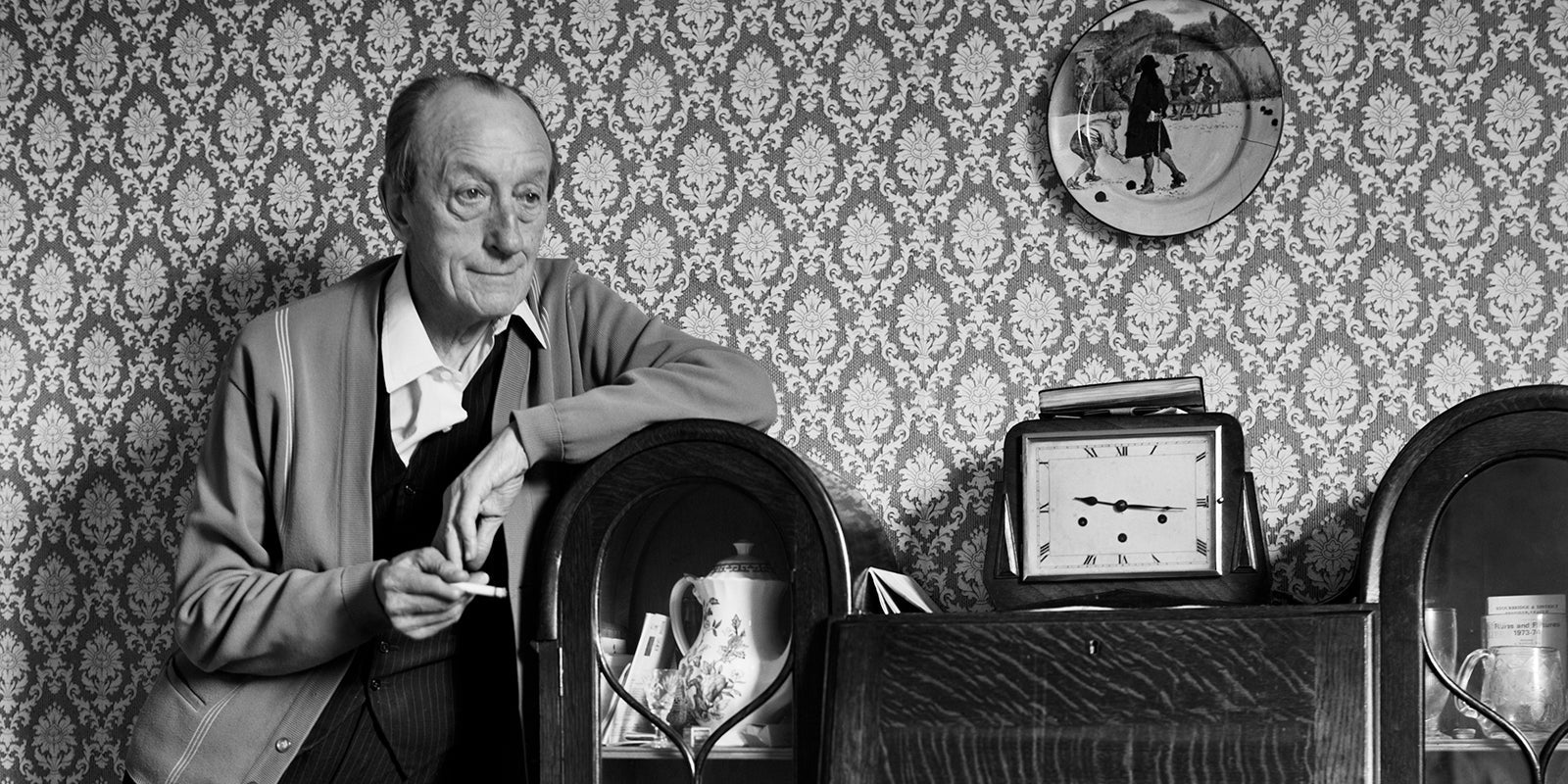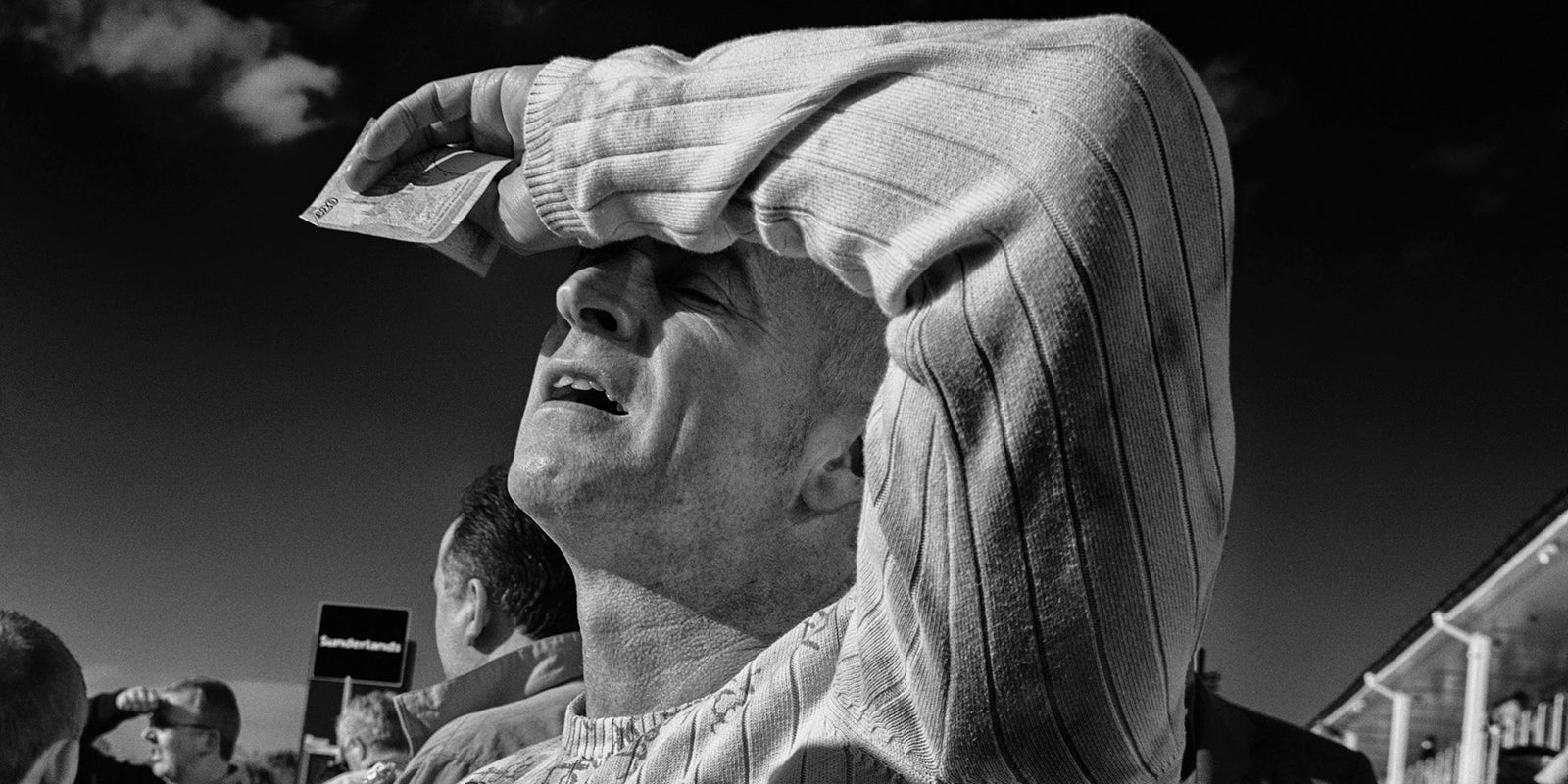
Guest Blog: Pete James on John Myers
John Myers - The Portraits
Between 1972 and 1979, John Myers humped a 5 x 4 Gandolfi plate camera around the terra incognita that was Stourbridge, the suburban Midlands town which became his home after a childhood in Bradford and education in Newcastle-Upon-Tyne. Carried by his trusty steed, a 500 cc BSA, and driven by admiration for the work of Sander, Arbus, Atget, Evans and the pioneer photographers of the American West, Myers set out on a visual expedition which resulted in a remarkable series of deadpan environmental portraits, the likes of which had not been seen before in British photography.

Although read by some contemporary audiences for their social and historical content, for Myers, these portraits were about something else: spatial relationships. Myers studied sculpture in Newcastle and brought a sculptor’s eye and sensibility to the process of making photographs. In his portraits, his subjects, people known to him or others that caught his eye around the town, offer themselves in an unprepossessing and unselfconscious fashion to his lens. Myers constructed compositional frameworks around them, pinning his subjects standing or seated, but always full figure, in a shallow internal or external space. It is this space, the apparent void between the photographer and the subject, which reveals something fascinating about the process and nature of photography itself. It speaks about the giving and taking that takes place between a photographer and his subject and unique way in which the optics, chemistry and transformational process of photography constructs and presents a particular representation of the world to us. The portraits are blunt visual transcriptions of ordinary people in ordinary places, which, although infused with social and historical detail, primarily pose questions about the photographic representation of space rather than the kinds of social and political questions raised by contemporaries driven by anthropological or documentary imperatives.

A selection of the resulting photographs was first published in 1974 in a book, Middle England, one of the first photographic books to be so financed by the Arts Council. This new publication, which includes many previously unseen images, finally offers a chance to see this body of work in full and to appreciate its revolutionary place in British visual culture.


